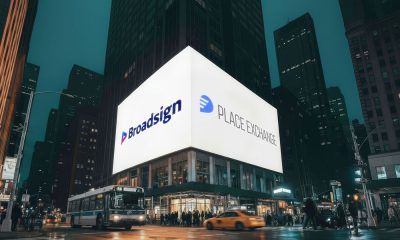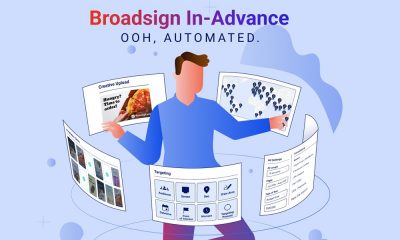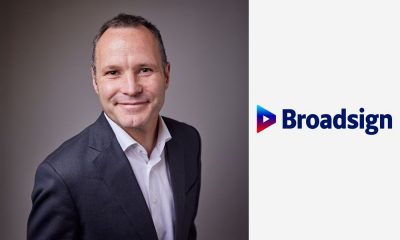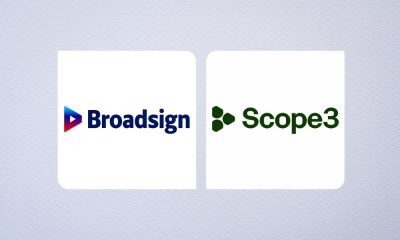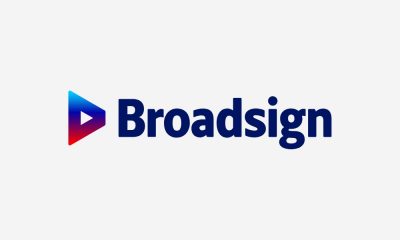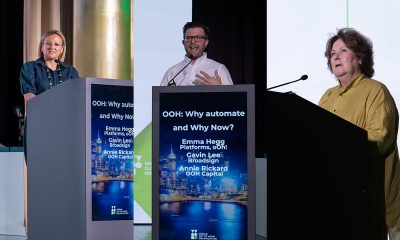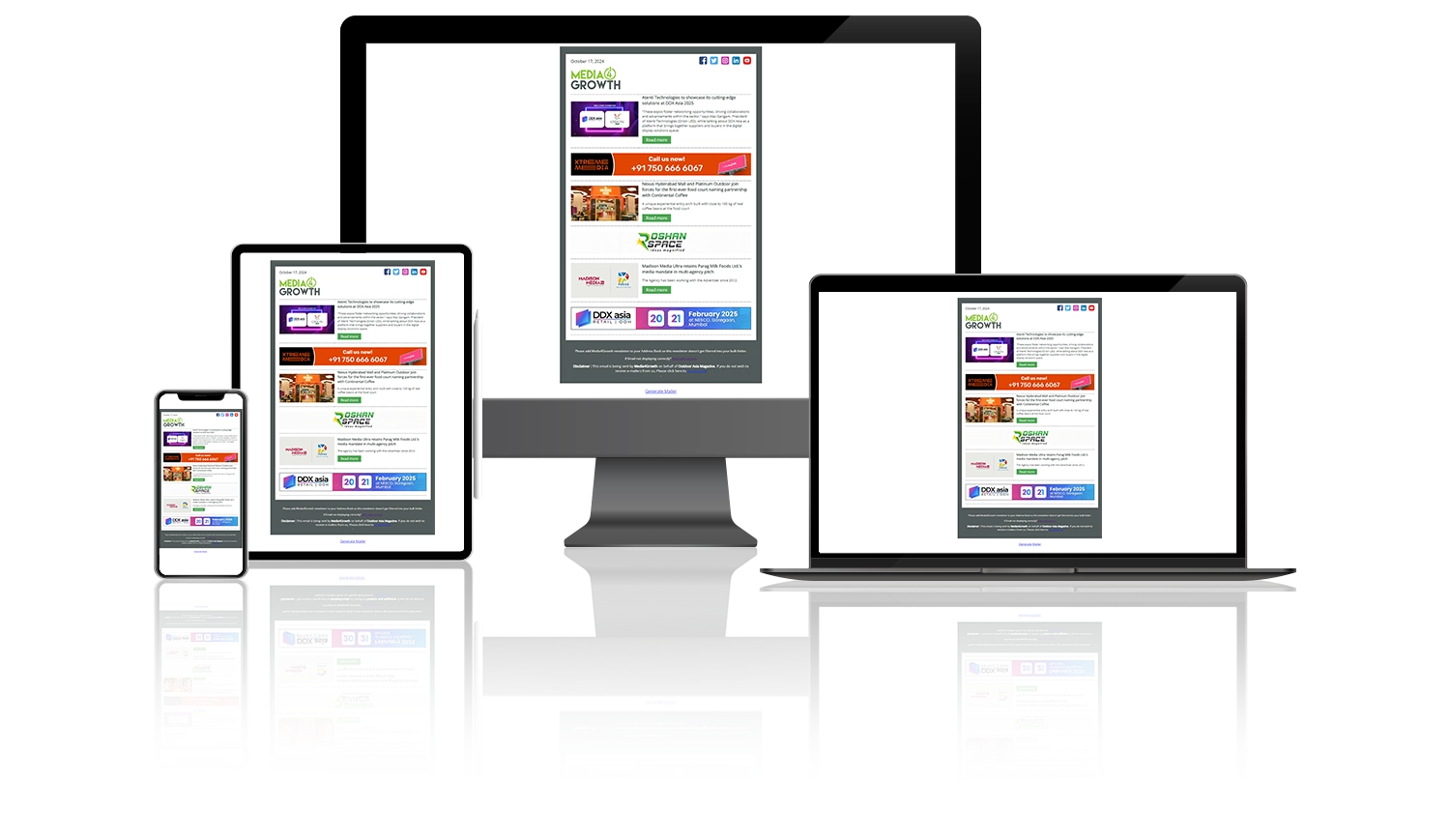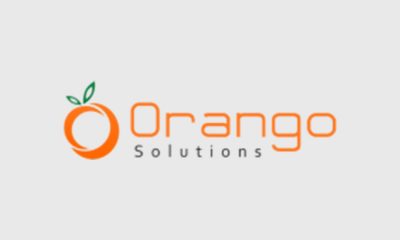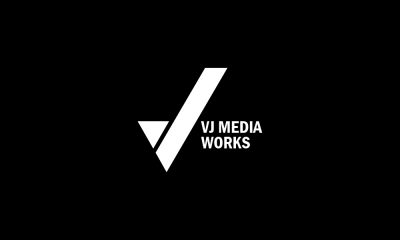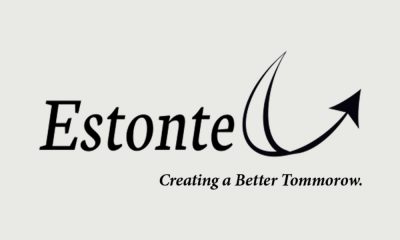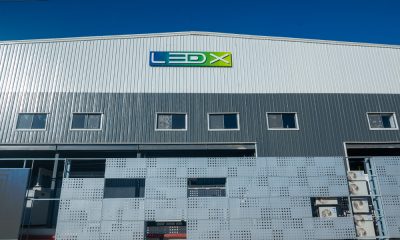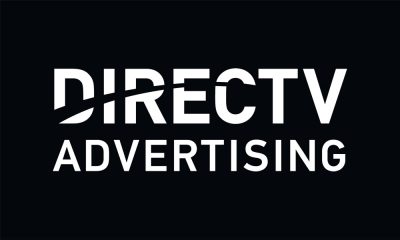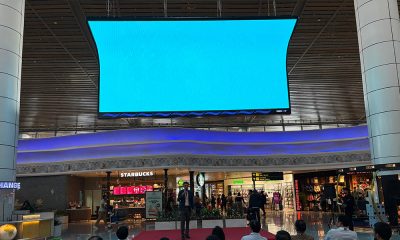International Events
What automation & programmatic mean for OOH
Simon Wall, Group CEO, Tractor Media Holdings engages Mandakini Negi, Co-Founder & MD, LMX, Alexis Coulibaly, Programmatic Team Lead – EMEA, Broadsign and Francesca Vincenti, Head of Programmatic & Innovation, Pikasso in a deep discussion on how automation and programmatic are augmenting the OOH buying processes at the WOO Africa Forum
Anchoring the session on ‘Making OOH easier to buy through automation & programmatic’ in the recently concluded WOO Africa Forum held in Cape Town, Simon Wall, Group CEO, Tractor Media Holdings engaged Mandakini Negi, Co-Founder & MD, LMX, Alexis Coulibaly, Programmatic Team Lead – EMEA, Broadsign and Francesca Vincenti, Head of Programmatic & Innovation, Pikasso in a deep discussion on how automation and programmatic are influencing the growth of OOH business.
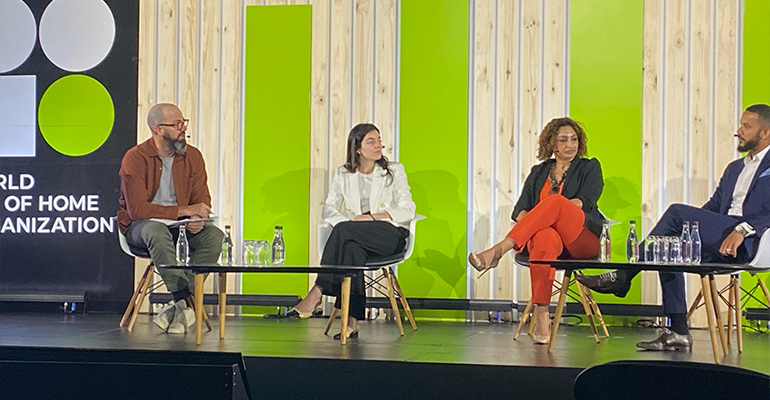
Simon set the tone for the discussion by asking the discussants to share their particular experience with rollout of programmatic and automation solutions in their respective markets.
Francesca responded by saying that for Pikasso the launch of Broadsign Reach marked the beginning of programmatic campaigns in Ivory Coast, with Air France as the featured client. The campaign, facilitated by the Cyrus Digital Agency, showcased the efficiency of programmatic advertising by streamlining budget processes.
This success led to continued campaigns with Air France in Ivory Coast and expansion to Morocco. “To initiate a programmatic journey, establishing a strong partnership with a preferred SSP like Broadsign Reach was essential. I further insist to explore the navigation of inventory onboarding and the streaming landscape,” she said.
Mandakini responded by saying that for Moving Walls the business model is centred on programmatic advertising, with a significant milestone marked by the first DV360 campaign in 2018, focusing on omnichannel planning with HP as the client in Singapore. This pioneering effort extended to Malaysia for execution, leading to continued momentum.
Programmatic advertising enables cross-market campaigns, demonstrated by campaigns with decision-making in Dubai and execution in India. However, she pointed out that despite its creative and triggering capabilities for top-of-the-funnel campaigns, programmatic spending remains a small fraction of total advertising budgets across regions.
Alexis shared that in overseeing the EV region, it’s evident that each market evolves differently, but the progression follows similar steps. The first critical step is achieving inventory critical mass, essential for building automated campaigns. This requires a sufficient amount of inventory to ensure effective campaign creation.
The second crucial aspect is education and knowledge dissemination across the ecosystem. This includes educating major industry agencies, advertisers, and all stakeholders about the value and benefits of programmatic advertising. This educational process is vital for the successful adoption and implementation of programmatic strategies in each market.
Speaking about Broadsign’s particular experience in the South African market, he said, the rapid growth of programmatic advertising in this market was fuelled by three key components: the enthusiasm of large media owners to explore programmatic opportunities, agencies eager to experiment with new strategies, and successful initial campaigns that spurred increased inventory availability.
The successful execution of the first campaign paved the way for more inventory onboardings, with approximately 15 media owners joining the SSP within 18 months. This collaborative effort among stakeholders contributed significantly to the swift expansion of programmatic advertising in South Africa.
Mandakini pointed out that in this evolving environment, industry should have to identify three key stakeholders with distinct motivations. Firstly, media owners are driven by the pursuit of increased revenues, with programmatic offering avenues to connect with more advertisers and diversify revenue streams.
Secondly, clients are dedicated to building strong brand presences, with programmatic and automation providing pillars of trust, accountability, transparency, and analytical depth for their campaigns.
Lastly, agencies face the challenge of remaining relevant in a landscape where around 70% of client budgets flow into digital platforms.
To navigate these dynamics, it’s crucial for all stakeholders—media owners, clients, and agencies—to prioritise education, embrace emerging trends, and collaborate towards industry progress, she said.
To the point made by Simon that people often use programmatic and automation interchangeably when they typically pick different routes, Francesca explained that programmatic refers to the automated process of buying and selling digital screens utilising data, triggers, and origins. On the other hand, automation encompasses a broader spectrum, extending to various workflow implementations aimed at simplifying tasks such as buying, selling, reporting, and inventory management. “While our company has developed an effective internal tool for these purposes, I emphasise on the need to adapt to emerging technologies and software solutions in the future,” she said.
Mandakini added that Moving Walls’ transition from a sole focus on programmatic to a broader emphasis on automation reflects a strategic vision. “Our priority lies in addressing the entire out-of-home ecosystem, aiming for comprehensive automation rather than just a fraction of it.
“Automation encompasses various inventory types, including static and transit,” she said, and pointed out that there is a notable emphasis on the need to digitise and automate inventory management processes. Media owners are urged to establish robust availability systems before fully integrating programmatic capabilities, recognising the distinct operational dynamics of the OOH world and the associated liabilities.
In essence, automation serves as a broader framework that encompasses programmatic, emphasising the adaptation of processes to suit the out-of-home landscape. This underscores a holistic approach to technological advancement within the industry.
Alexis remarked that automation serves as a global drive toward efficiency and resource optimisation. Its core purpose is simplification, aiming to streamline processes and cut costs across various sectors, whether static or digital.
On the other hand, programmatic represents a more expansive concept, offering a revolutionary shift in the advertising landscape. It enables seamless global buying and selling interactions, eliminating the need for traditional communication methods.
Simon made the observation that demand for programmatic advertising isn’t very frequent. A common misconception among media owners is that connecting to a programmatic ecosystem will instantly generate revenue. However, revenue from programmatic platforms comes after actively selling programmatic opportunities, addressing a common confusion in the industry.
Mandakini reiterated that programmatic advertising addresses the digital aspect of the advertising ecosystem, while automation encompasses both digital and static inventory. A key challenge lies in automating processes for static inventory, which often requires manual steps.
She also said that currently there remains a dependency on DSPs and agencies in programmatic advertising. In contrast, automation empowers media owners to directly manage and sell their inventory. Programmatic, therefore, represents just a segment within the broader scope of automation in the advertising landscape.
To a questions on whether traditional DOOH budgets are being cannibalised by programmatic, Francescasaid “so far, there has been no cannibalization observed in our markets regarding programmatic digital out-of-home. The budgets for these campaigns have typically been sourced from digital budgets and booked by digital agencies. Our strategy has focused on engaging with digital agencies to introduce our networks for integration into their existing campaigns.”
Alexis added that in the evolving landscape of programmatic digital out-of-home advertising, there are two distinct groups of individuals: those well-versed in traditional out-of-home practices and those with expertise in programmatic strategies. The key strategy has been to ensure that budgets remain within the out-of-home realm, rather than shifting from traditional to programmatic.
This approach aims to maintain a sense of coherence for buyers and media, offering an omnichannel view and approach within the media mix. While some cannibalisation may occur, particularly with advertisers heavily invested in digital strategies, it is seen as a natural progression in the industry’s evolution.
The goal is to integrate programmatic digital out-of-home seamlessly into existing campaigns, ensuring that the budgets allocated for these initiatives remain within the out-of-home domain. This strategy aligns with a broader objective of achieving an omnichannel presence and effectiveness in advertising efforts.
On verification of data in programmatic advertising, Alexis said, “In the realm of programmatic digital out-of-home advertising, trust plays a pivotal role, particularly given the vast inventory of screens. While individually verifying each screen isn’t feasible, trust between stakeholders, especially media owners and agencies, is crucial, alongside the use of proper tools.
“However, there’s a noticeable lack of trust, particularly among agencies, regarding unfamiliar audience measurement tools, which can impede progress, especially in emerging markets like Africa.
“The industry is progressing towards collaborative solutions, as observed in the Netherlands, where media owners convene to establish unified approaches annually, fostering trust and a shared direction.”
According to Mandakini, “In Africa, Nigeria stands out as one of the pioneers in adopting data as an industrial standard, with many media owners familiar with the concept. However, the challenge lies in choosing the right data provider among the plethora available, especially in markets lacking industry-standard measurement practices. This dilemma often leads to credibility and accuracy concerns, hindering the pace of programmatic adoption.
“Education plays a crucial role in addressing these challenges, and forums like the one being attended, are instrumental in enlightening stakeholders about the evolving landscape of the industry. Despite the hurdles, programmatic gains acceptance due to its ability to instil trust. This trust factor becomes a significant selling point, particularly in regions like Asia and Africa, where foreign markets like Nigeria seek reassurance in adopting new technologies and practices.”
-

 Associations
AssociationsBCCI hands Tata WPL 2026 ceremonies and match entertainment mandate to Laqshya Media Group
-
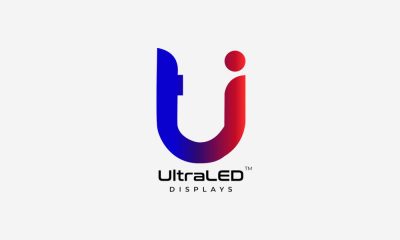
 Digital Display
Digital DisplayTitan Intech Limited announces the launch of “UltraLED Displays”
-

 Campaigns
CampaignsDistrict by Zomato’s cheeky billboard right outside BookMyShow’s office
-
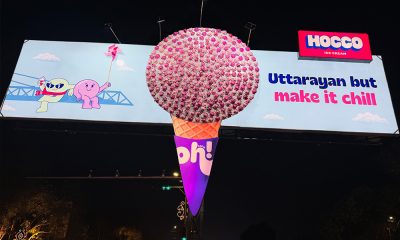
 Campaigns
CampaignsUttarayan but make it chill: Hocco’s whimsical 3D Billboard
